Fairly a strange yr for Japanese cinema, considering the fact that there was no definite masterpiece this 12 months, in the style of “Shoplifters” for instance, although small and mid-size motion pictures appear to be to have been soaring intently in quality, a tendency that in fact extended to a number of Asian nations around the world, including Korea. At the identical time, the “issues” of Japanese cinema, specifically the absence of mid-price range movies and the “Koreeda style” of filmmaking that usually final results in invites to (huge) festivals continue on to transpire, and along with the #MeToo motion hitting the business quite difficult, resulted in a 12 months for area productions that is by no usually means terrific. At the similar time, on the other hand, the sizing of the field in phrases of range of productions nonetheless gave way to a variety of titles to stand out, 20 of which are to be identified in this article. This time, the major standards, moreover the often present variety, is movies whose filmmakers at minimum tried to do a thing different.
In any case, here are the best Japanese movies of 2022, in reverse get. Some movies could have premiered in 2021, but due to the fact they mostly circulated in 2022, we made a decision to contain them.

Shinzo Katayama has occur up with a quite exciting narrative that manages to integrate the thought of the serial killer and a whodunit ingredient, along with alternatively pointed remarks about suicide and euthanasia, caring for incapacitated men and women, loved ones, and how criminals and murderers are established, all the even though, having said that, retaining a rather flimsical tactic that typically derives from Satoshi’s persona. (Panos Kotzathanasis)
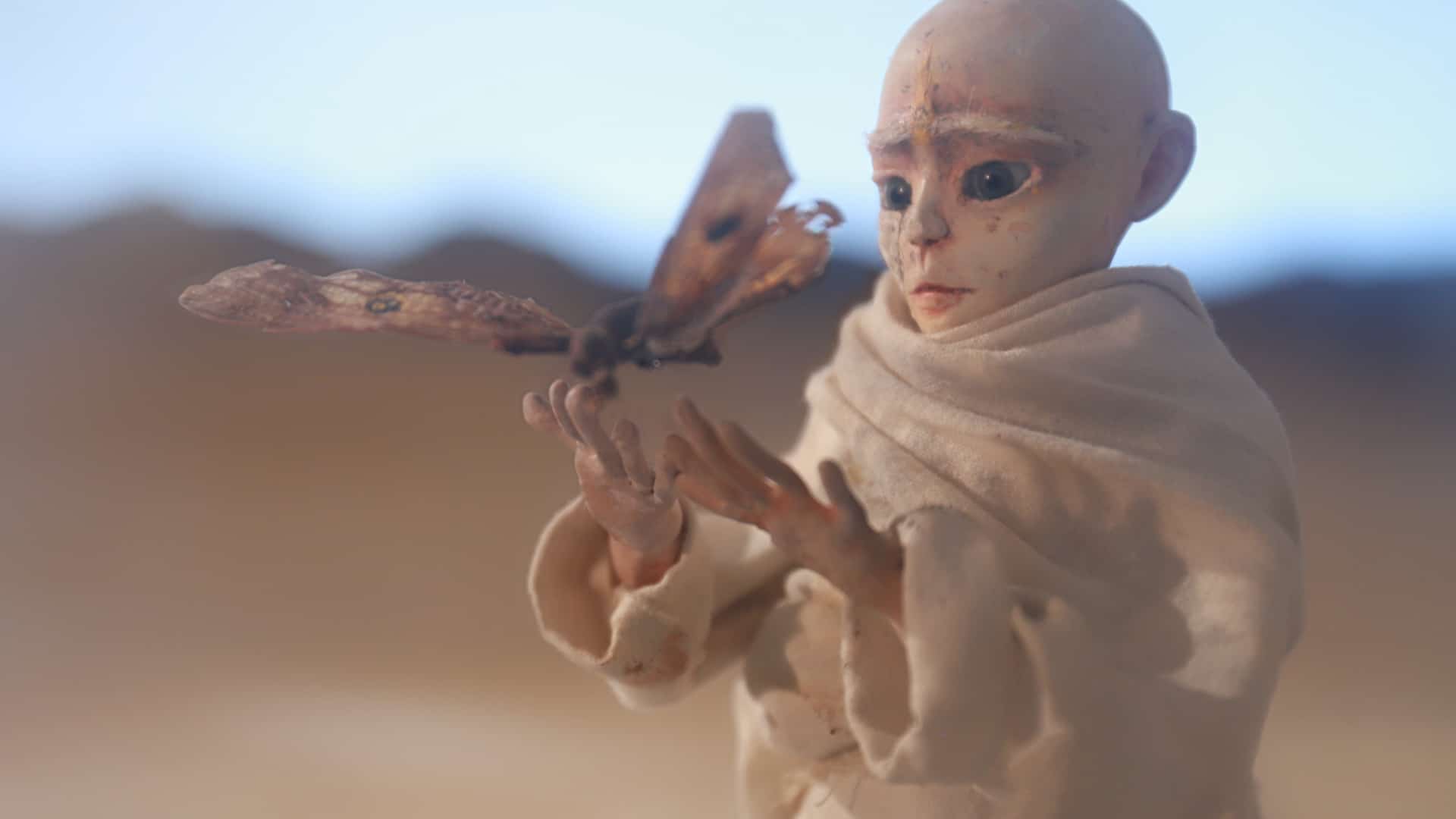
Shinobu Shoejima creates a earth where tension and grief appear to be the main substances, along with a perception that a thing unsafe is happening, which is also communicated by the exceptional score by Marty Hicks and the uncanny audio efffects by Hisako Nakaoka and Nao Tawaratsumida. Being familiar with that the butterfly incident is actually a flashback and effectively the purpose behind the rigidity of the two creatures, is not exactlly effortless but it does take place, fundamentally giving a total diverse hypostasis to the full film. At the identical time, the motion itself would seem to display that violence can occur from almost everywhere, in this circumstance from disgust, but always has implications for both of those recipient and advocate. And finally, that relief can appear from accomplishing particularly the opposite, when the possibility seems, concludes the context of the limited.

Eiji Uchida manages to highlight the truth of moviemaking in the most specific and realistic manner, with the myriad of characters showing in the story presenting all of its elements, which include dubbing, art route, seem and all the elements pointed out just before. At the exact same time, and whilst the madness of capturing a motion picture is the permeating sentiment right here, Uchida also induces the narrative with a perception of nostalgia by putting his tale in the at this time trending globally 80s, when also concentrating on the reality that, in the stop, the love for cinema is a driving pressure that can get over each obstacle, and something that truly all associated in the market are “injected” with. (Panos Kotzathanasis)

Despite some really quick solutions in buy for the story to progress, Kazuya Shiraishi directs an intricate crime thriller, which focuses equally on a whodunnit factor but also in the portrait of a deep psychological transformation, which is filtered by way of a family drama. Furthemore, the factors of exploitation and of a court drama add even far more to the slight genre mashup here, in an amalgam, even though, that is dealt with excellently by Shiraishi. One of the primary “tools” he employs to reach this is the fantastic placement of the various twists inside the narrative, each and every of which adds a further stage to the tale, occasionally even canceling the types prior to. (Panos Kotzathanasis)
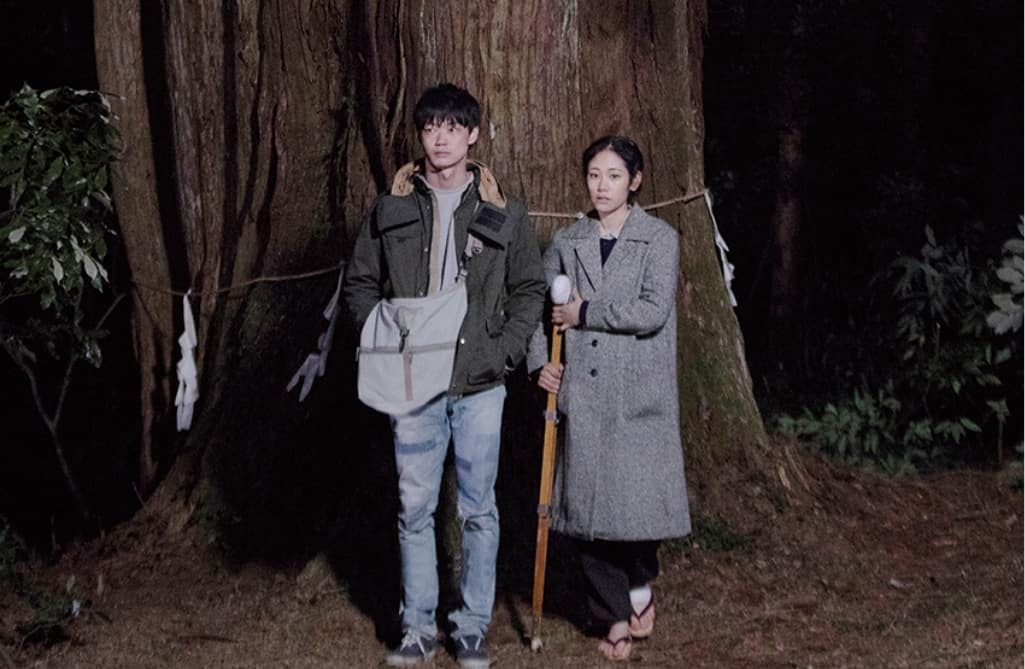
The very first section, irrespective of the travel-in-time sci-fi ingredient, in fact unfolds in realism, in the regular model of the Japanese indie, with characters of various quirkiness meeting every single other and somewhat switching by means of their interactions. As this sort of, the assembly of Sosuke with Midori emerges as a single of the most interesting and entertaining aspects of the film, with the antithesis of the two, as the previous is a laconic, keeping-his-distance kind and the latter cheerful and basically nosy, getting very worthwhile to experience. Even far more so soon after the physical appearance of her family members, with the way the protagonist changes as a result of this interaction becoming one more fantastic trait, as significantly as a testomony to Display Kasamatsu’s performing and his chemistry with Junko Abe. (Panos Kotzathanasis)
15. We&rsquorre Dead (Yusuke Noro)
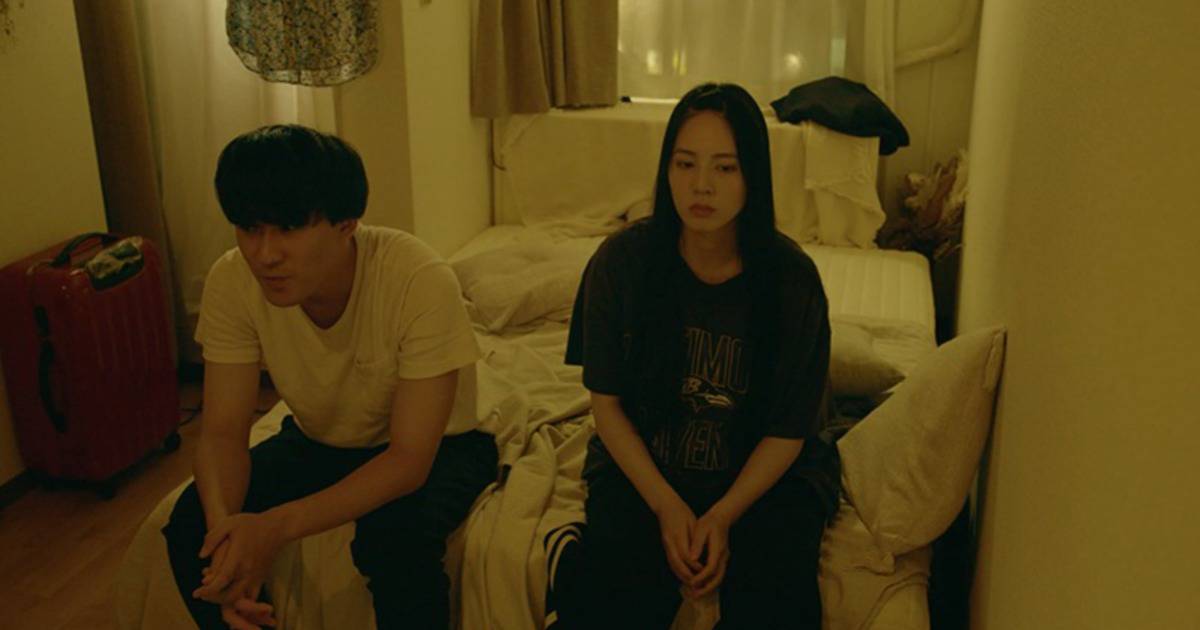
At the similar time while, the interactions of the a few consequence in a sequence of really attention-grabbing remarks about interactions, adore and how the function people do truly has an effect on both equally the aforementioned. The actuality that associations are turning into additional and far more tricky in this present-day location is also remarked on, with Noro seeming to condition that immaturity, the deficiency of expression concerning one’s feelings, and the self-centered way of pondering that characterizes numerous youths these days, make sincere and significant intimate interactions primarily unattainable. (Panos Kotzathanasis)
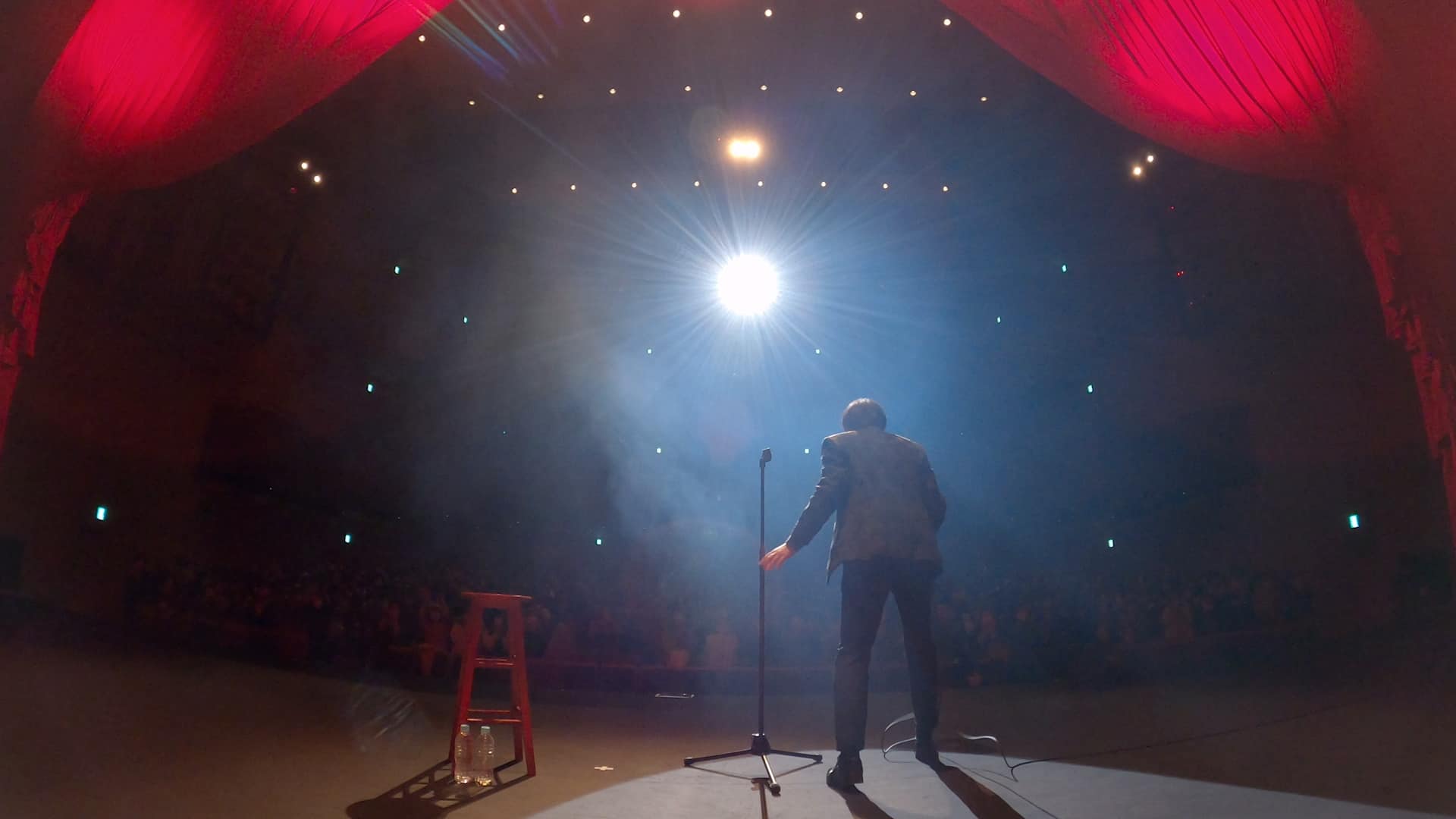
Evidently, getting gained the utter have confidence in of Muramoto, the documentarian stays fairly close to him, both equally his experienced and own moments, who sooner or later are discovered to be totally intertwined, as his lifetime activities dictate his comedy, to the place that functions like his father’s death come to be element of it. It is this sincerity and in-your-facial area-perspective, together with the capacity to change these kinds of dramatic activities to comedy, that is what effectively permits Muramoto to stand out, although making his portrait so fascinating. The identical applies to his insistence to his belief that laughter can modify the entire world, as considerably as his portrayal behind the phase, who is eloquently exposed as a person of despair and almost certainly alcoholism, for which producing people today giggle appears to be the only medicine. (Panos Kotzathanasis)
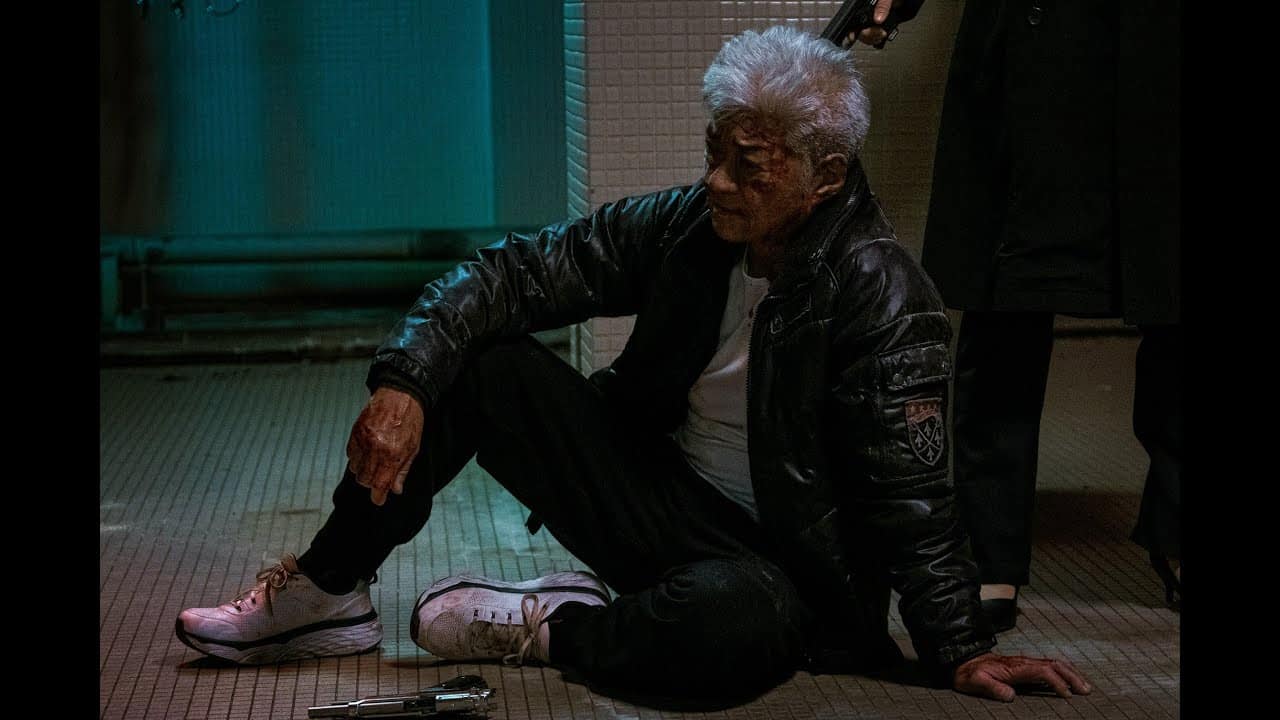
In all probability as anticipated, offered the director’s qualifications and his past attribute, it should really appear as no surprise that the action and martial-arts-scenes in “Bad City” are top rated-notch. Excellently photographed and choreographed, the finale by yourself is well worth examining out this motion picture, with the concentrate being on hand-to-hand-combat as nicely as blunt or sharp weapon, providing these times a heightened sense of physicality and kinetic electricity. In blend with the modifying, these are definitely the official substantial details in this thriller, but there are a couple circumstances which are also truly worth pointing out. (Rouven Linnarz)

Truth of the matter be instructed, the principle of a film that is solely offered by way of black-and-white image stills, even at 35 minutes, does not seem especially appealing. Miyazaki, on the other hand, manages to make the entire matter operate, by a amount of “tricks”. The first just one is the precise story of the region, which is somewhat interesting, as its long term premises actually comment on a selection of notions that characterize existing-working day Japan in common, as the mentality of seclusion and the distaste for any kind of outsiders are continue to at huge in the place. In addition, the yakuza-like principles, the earlier of the region that incorporated many foreigners, violence, rap battles, secret, and a series of omerta-like legislation, as substantially as Mr K’s personal record increase considerably depth and enchantment to the general script. Additionally, the conversation of the two adult men, which resembles more and more a cat-and-mouse activity as time passes, significantly as the journalist bases his views on rumors and Mr K tries to demonstrate fact, adds even much more to this technique. (Panos Kotzathanasis)

Shuichi Okita takes a number of resourceful liberties in this biopic of sorts, significantly in the beginning, exactly where some fish show up as some type of aliens, as substantially as Meebo does, who does not seem to be to have significantly to do with this entire world, at least as the other individuals perceive it. As a result of all the quirkiness, even though, a quantity of messages are presented right here, in the most eloquent and intriguing fashion. (Japanese) society requires from men and women to experienced, adapt, research difficult and get a work according to their opportunity, with the folks who are not, finally treated as pariahs. Meebo’s route having said that, highlights the point that there are alternate, “not-normal” roads to results, and that pursuing your obsession to the end can essentially guide to fantastic matters, even if they almost certainly will get a little bit additional time than the “right way”. That the protagonist remains cheerful even in the facial area of full failure also sends a information, as substantially as how significant friendship and superior parenting (effectively that means comprehending and supporting young children even when they do not make perception) can be in the existence of any one. That her will to chase her dreams at some point brings a quantity of persons all-around her, also sends a information in the identical, anti-pariah route. (Panos Kotzathanasis)
The article carries on on the future page



